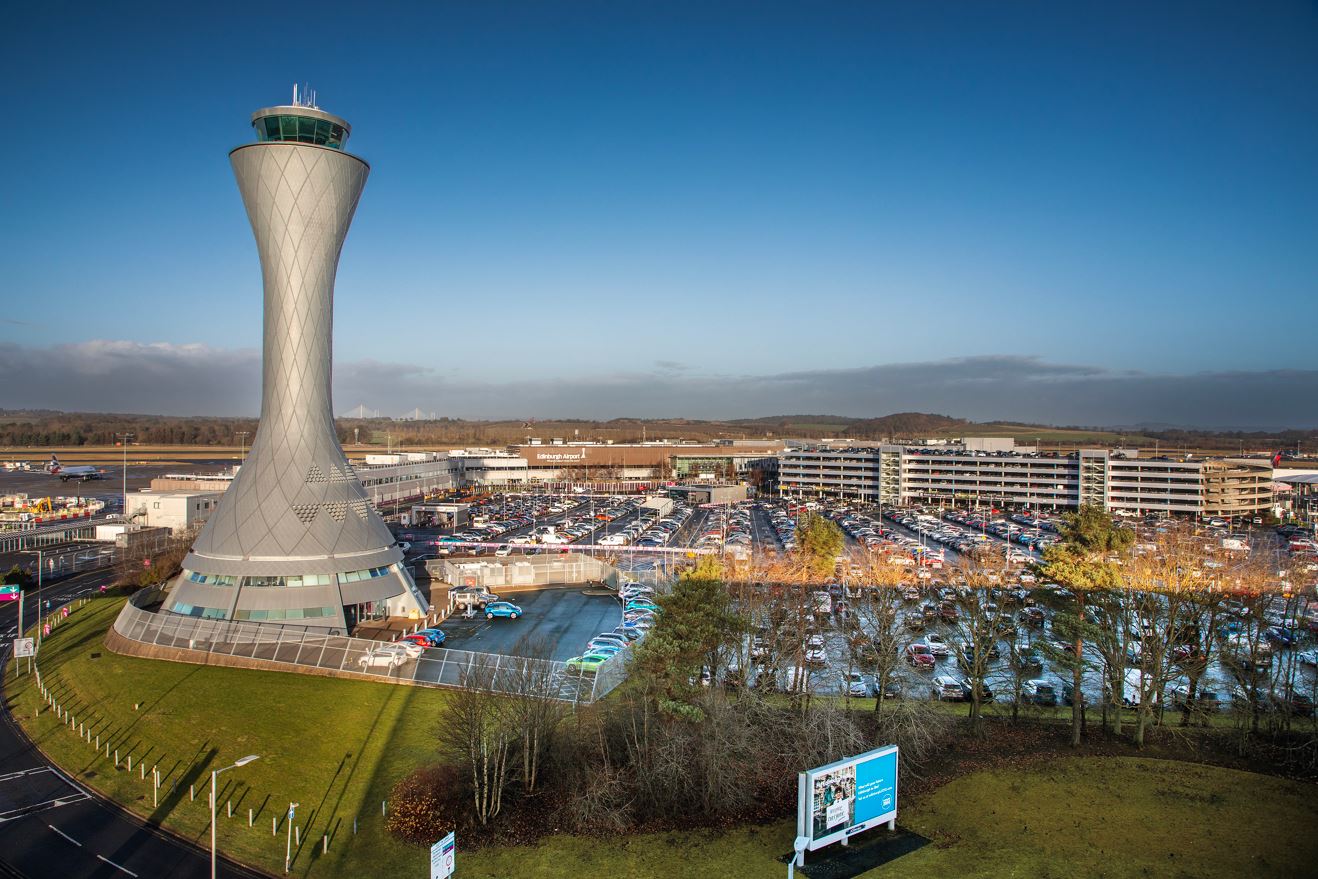Numerous airports – including Cincinnati, Amsterdam, Bristol, Birmingham and Keflavik – have shifted from single-process queue measurement to airport-wide flow management, to help improve resourcing, expansion planning and prevent bottlenecks. We met with James Williamson, CEO of Veovo, who explained the benefits of seamless passenger insights.
How does airport-wide flow management differ from traditional capacity and resourcing methods?
Traditionally, airports have focused on specific areas to evaluate efficiency and improve capacity. For instance, measuring wait times at security checkpoints to try and adjust resourcing to improve throughput. However, measuring and reacting to a single bottleneck doesn’t explain why it is happening, or the impact of those decisions on the entire airport experience.
Flow management is designed to help answer these questions – and find solutions – by using a combination of location analysis for real-world data and engagement data to understand experience and behaviours. Thus, we can understand the airport as a complete, interdependent organism.
Why are leading airports shifting to airport-wide flow management?
With fluctuating passenger numbers, airports are under pressure to either expand their physical resources or make much better use of existing capacity. From a practical standpoint, improving efficiencies and optimising asset usage is not only the more straightforward option but also the more cost- and time-effective option.
Effective optimisation, however, relies on a thorough understanding of the entire airport’s flow, for both passengers and aircraft. We have been moving away from a siloed approach to management for several years now, and we are seeing the benefits of integrated thinking.
What benefits will airports experience, both immediate and long-term, by implementing this type of system?
Once you know, you can act in confidence. For busy airports, that makes all the difference, as even the best plans can be derailed in an instant. Delays, weather, traffic, late show-ups, security events – the daily variables are complex.
Upon implementation, the airport gains situational awareness throughout the terminal, and real data to drive improvements. Detailed passenger occupancy, dwell, and movement insights help them to understand how passengers move and use the airport, and how processes influence each other. This, in turn, allows them to make smarter decisions to implement efficiency improvements – from optimising gate allocation to re-thinking and improving airport experiences – while limiting bottlenecks and overcrowding.
Implementing an airport-wide solution has shown us that passenger flow and behaviours can differ significantly depending on airline, time of day, class of travel and destination, leading to differing in-terminal impacts. Taking a flow management approach provides accurate and detailed passenger behaviour profiles that we can use with machine learning and artificial intelligence to produce dynamic and accurate passenger forecasts. With better forecasting, airports can make smarter decisions and plan expansions and upgrades. They will even be able to manage passenger experiences more effectively.
How does flow management improve service quality?
More efficient operations mean less time waiting in queues – one of the things passengers most often complain about. Besides reducing queue wait times and offering stress-reducing wait-time displays, improved efficiency results in better service to partners like airlines, taxi and shuttle bus services and concessions. Our passenger flow solutions are helping ensure on-time departures, better retail planning and smarter use of airport resources.
Capacity constraints are on everyone’s minds and are a prevalent issue globally. How does flow management help address these constraints?
The power of flow management is through enabling smarter decisions about the use of resources – whether it be baggage belts, gates, check-in desks, lanes or staff – to make the best use of capacity to match passenger demand. We use real data collected from flow management to improve resource management and resource allocation. By having accurate demand data across the airport, we can help optimise capacity for the best effect.



